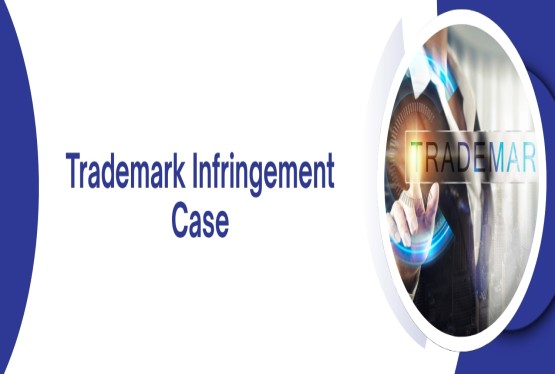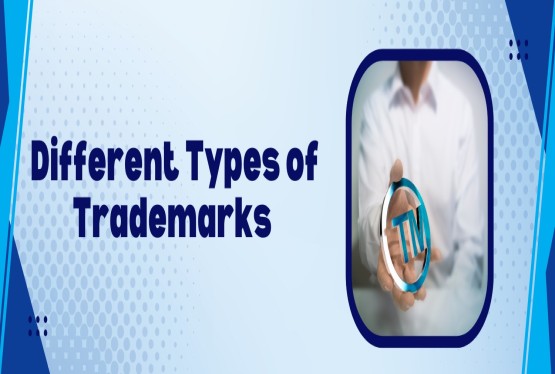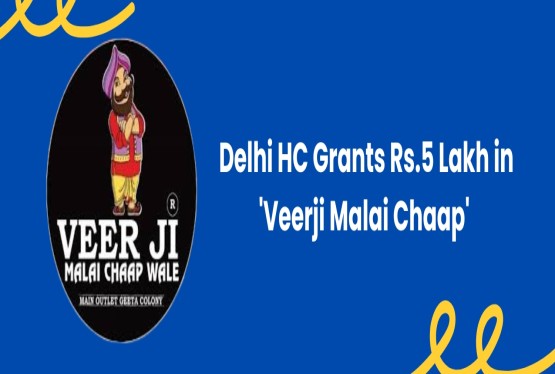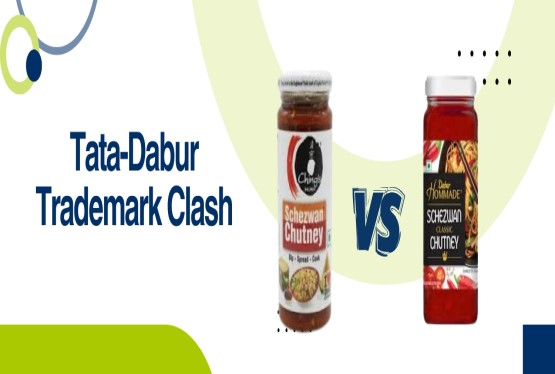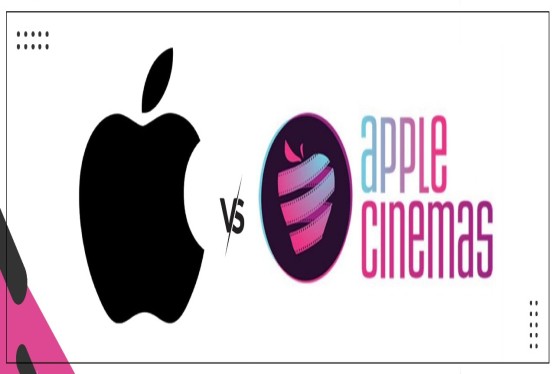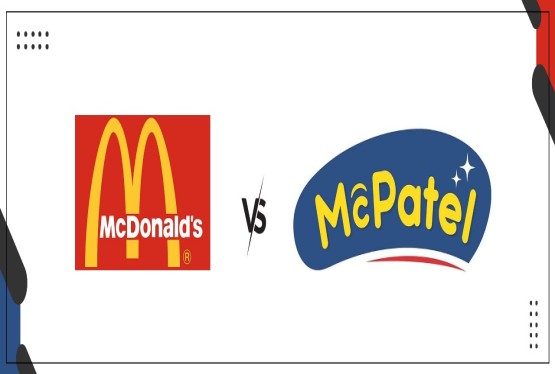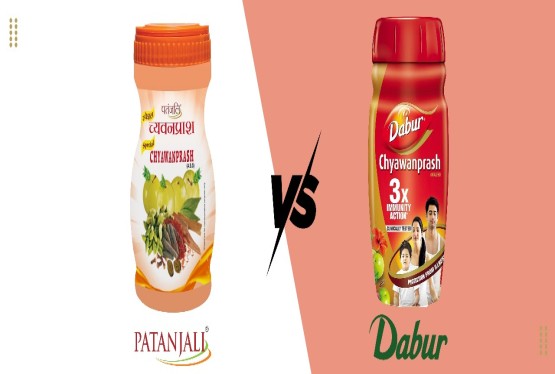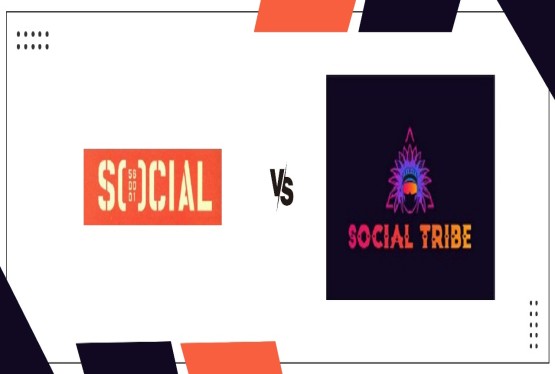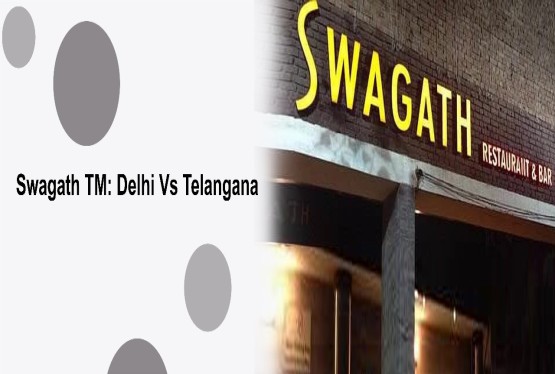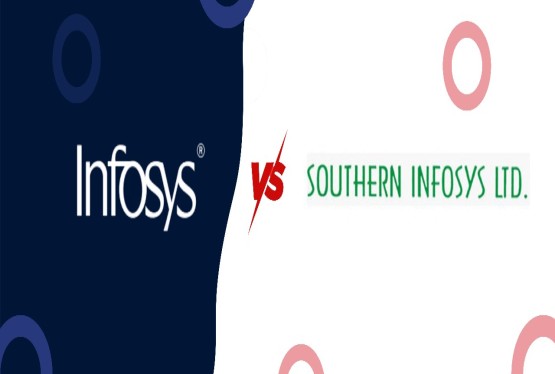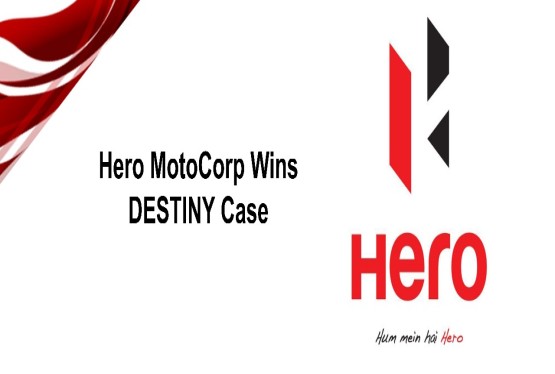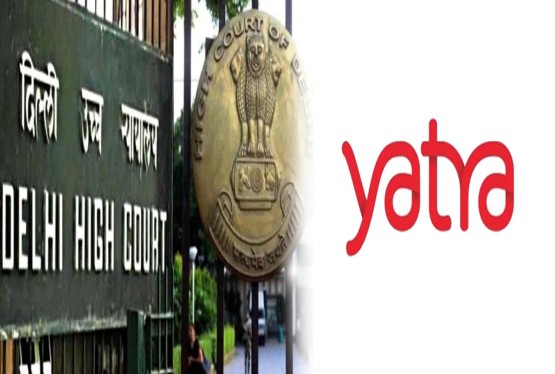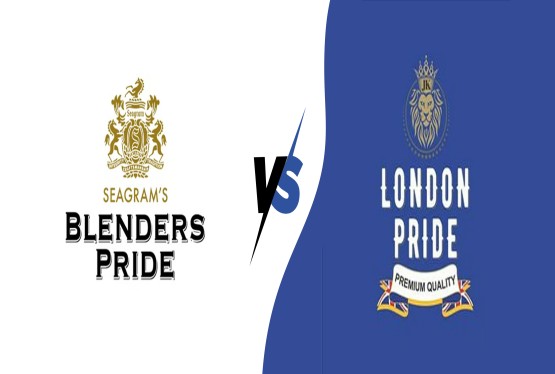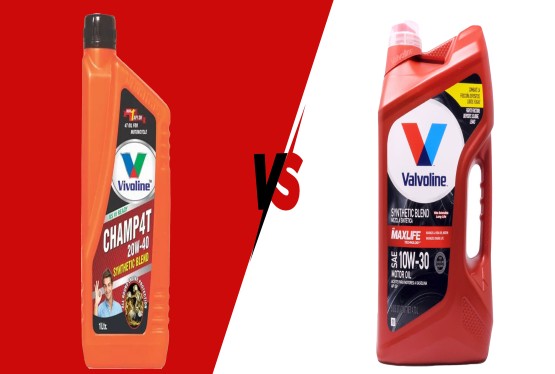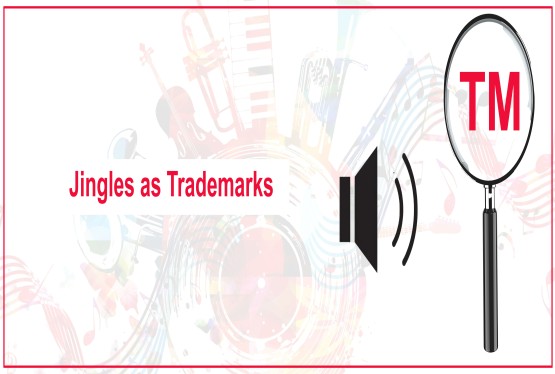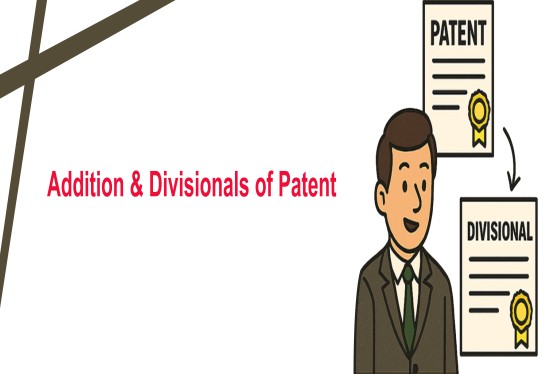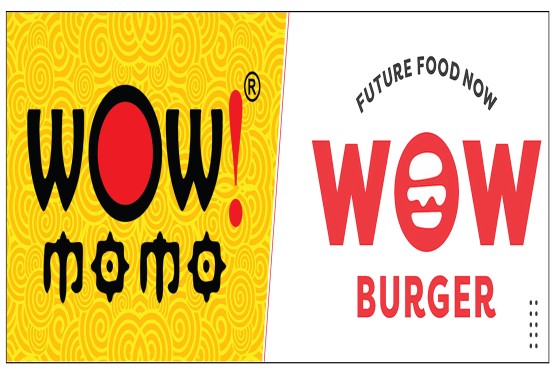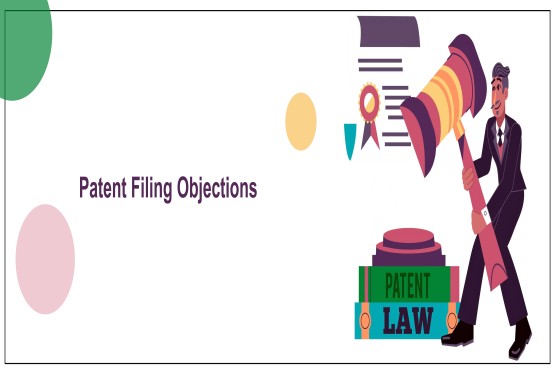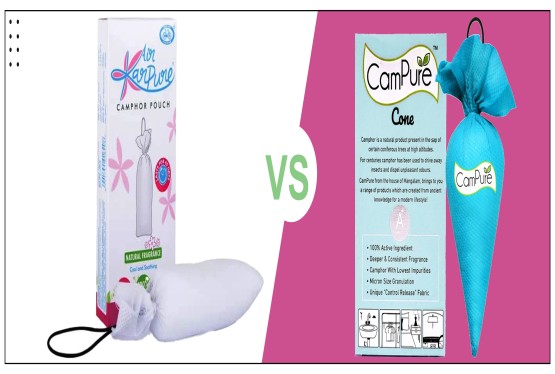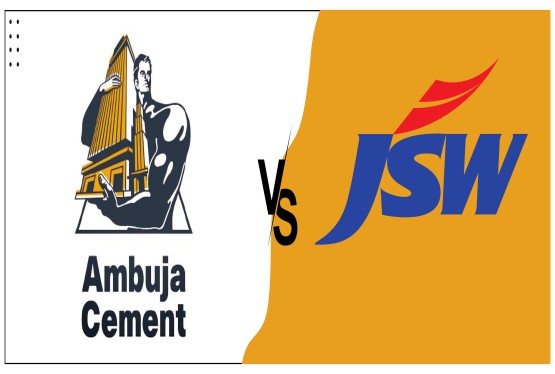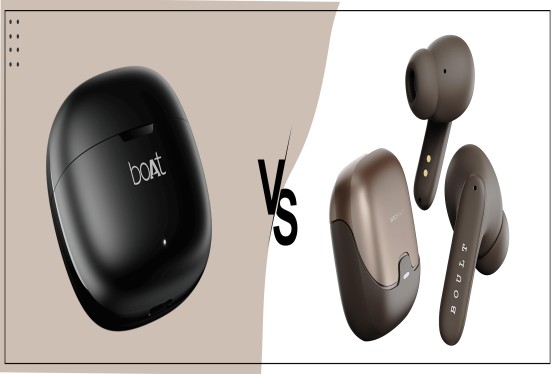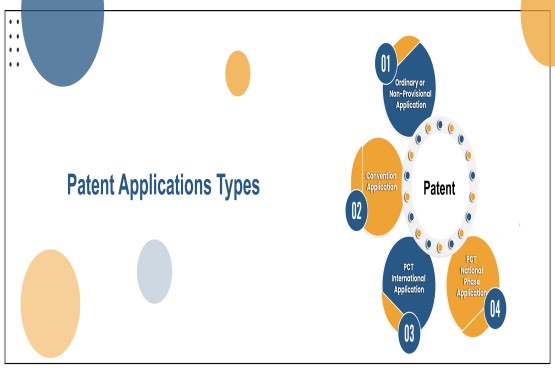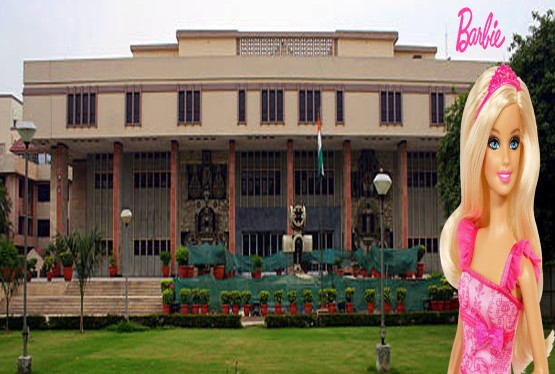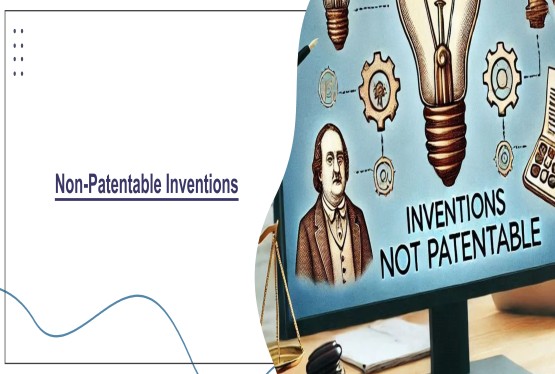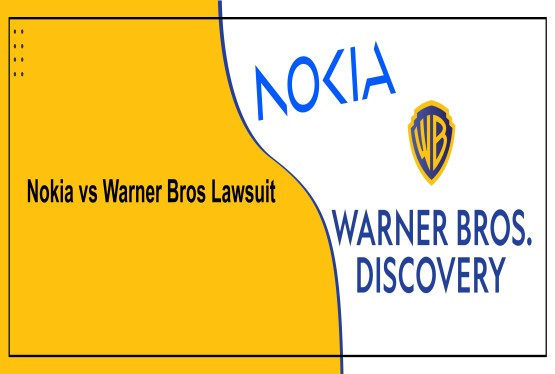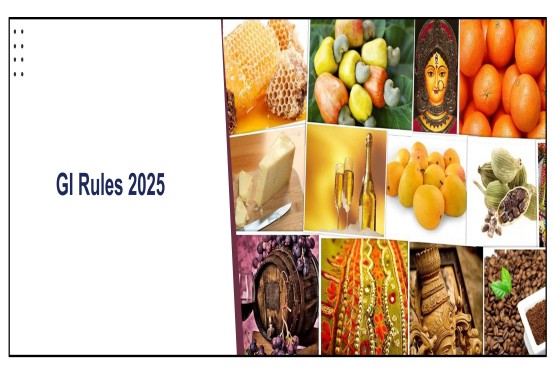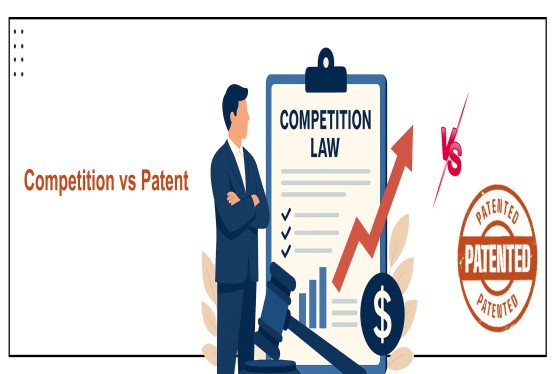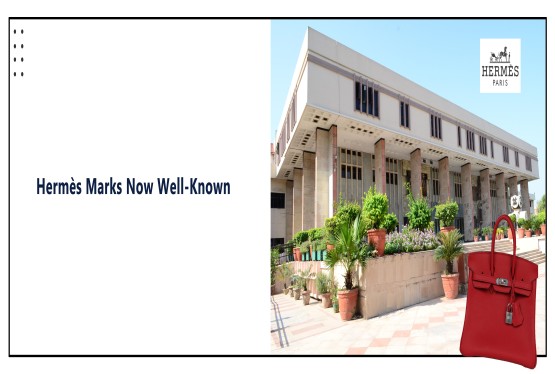Trademark disputes are a recurring theme in the Indian legal, highlighting the importance of intellectual property rights and the complexities involved in protecting brands. One significant case in this area is Mondelez India Foods Private Limited (formerly Cadbury India Ltd.) vs. Neeraj Food Products, which revolves around the protection of Cadbury’s well-known “Cadbury Gems” trademark and the alleged infringement by Neeraj Food Products.
Background of the Case
Mondelez India Foods, a subsidiary of Mondelez International, is the brand behind the popular chocolate brand “Cadbury Gems.” Known for its vibrant colors and candy-coated chocolate gems, the brand has a significant reputation and goodwill in India. The dispute arose when Neeraj Food Products launched a similar product named “James Bond,” which Mondelez claimed was deceptively similar to “Cadbury Gems.”
Mondelez argued that the use of the name “James Bond” and the packaging style was confusingly similar to their established brand, potentially misleading consumers. The packaging, featuring vibrant colors and candy-coated chocolates, was claimed to be a direct imitation that could cause deception in the marketplace.
Legal Issues Involved
-
Trademark Infringement: According to section Section 29 of the Trade Marks Act, 1999 Mondelez argued that Neeraj Food Products had infringed upon its trademark rights under the Trade Marks Act, 1999. The central issue was whether the similarities in packaging, appearance, and overall presentation were enough to mislead or confuse consumers.
-
Passing Off: According to section Section 27 of the Trade Marks Act, 1999 Mondelez also raised the issue of passing off, emphasizing that Neeraj Food Products was unfairly leveraging the reputation and goodwill of the “Cadbury Gems” brand.
-
Deceptive Similarity: According to section Section 27 of the Trade Marks Act, 1999, The court had to examine whether the two products were deceptively similar in a way that could cause confusion among consumers. The test for deceptive similarity involves analyzing the overall impression created by the packaging, trade dress, and branding of the products.
Arguments by Mondelez India Foods
-
Established Reputation: Mondelez emphasized the extensive brand recognition and consumer loyalty built over the years for “Cadbury Gems.” The brand’s distinctive features, including the colorful candy-coated chocolates, were an essential part of its identity.
-
Visual and Structural Similarity: The company highlighted that the overall look and feel of the “James Bond” product by Neeraj Food Products were alarmingly similar to “Cadbury Gems.” The color scheme, packaging style, and presentation were claimed to create an impression of association with the Cadbury brand.
-
Likelihood of Consumer Confusion: Mondelez provided evidence that the similarities could mislead an average consumer into believing that “James Bond” was associated with or endorsed by Cadbury. They argued that the intention behind Neeraj Food Products’ packaging was to ride on the goodwill of “Cadbury Gems.”
Arguments by Neeraj Food Products
-
Distinctive Branding: Neeraj Food Products contended that “James Bond” was a unique brand name and that they had not copied the trademark or branding elements of “Cadbury Gems.” They argued that the similarities were coincidental and not intended to mislead consumers.
-
No Exclusive Right to Colors: Neeraj Food Products also argued that Mondelez did not have exclusive rights over the use of vibrant colors in chocolate packaging. They claimed that the use of bright colors is common in the confectionery industry and does not necessarily lead to consumer confusion.
Court’s Analysis and Decision
The court carefully examined the evidence presented by both parties, including the visual similarities between the products. The judges focused on whether the average consumer, with imperfect recollection, would be confused or deceived by the similarities in packaging and product presentation.
The court ruled in favor of Mondelez India Foods, acknowledging that there was indeed a significant risk of consumer confusion. It was observed that Neeraj Food Products had used elements that were deceptively similar to “Cadbury Gems,” leading to the likelihood of consumers associating “James Bond” with the well-known Cadbury brand. The court emphasized the importance of protecting well-known trademarks from dilution and misappropriation.
Conclusion
The Mondelez India Foods vs. Neeraj Food Products case highlights the challenges companies face in safeguarding their brand identity in a competitive market. It highlights the judiciary's role in protecting trademark rights and ensuring that well-known brands are not exploited unfairly. As businesses continue to innovate and expand their product lines, this case serves as a reminder of the importance of trademark protection strategies and the vigilance required to maintain brand integrity.






























_(b)_of_the_Trademark_Act,_1999_(1)_crop10_thumb.jpg)



_crop10_thumb.jpg)




























_crop10_thumb.jpg)
_crop10_thumb.jpg)






_crop10_thumb.jpg)








_crop10_thumb.jpg)



_crop10_thumb.jpg)





























_crop10_thumb.jpg)

















_crop10_thumb.jpg)






_crop10_thumb.jpg)











































































































































_crop10_thumb.jpg)




































_crop10_thumb.jpg)












_crop10_thumb.jpg)













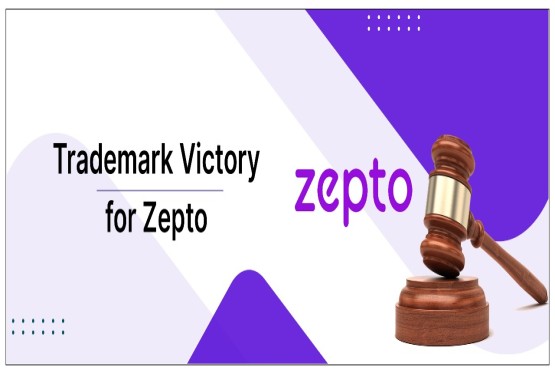




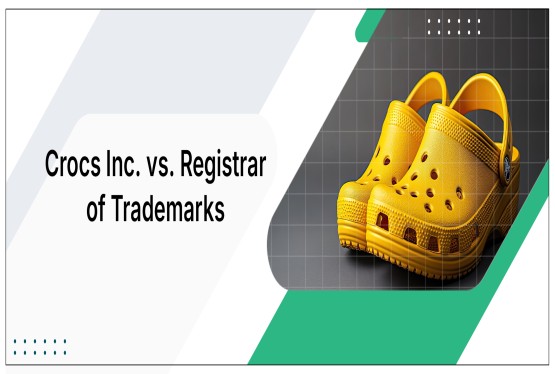















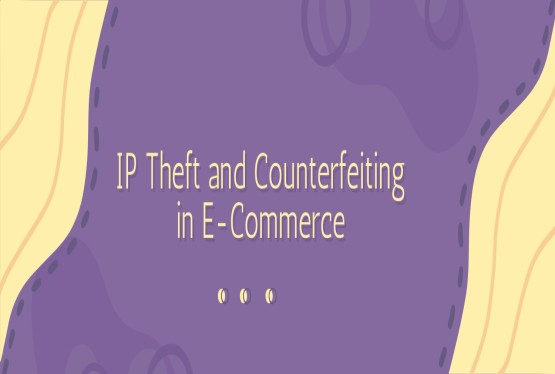












_crop10_thumb.jpg)






